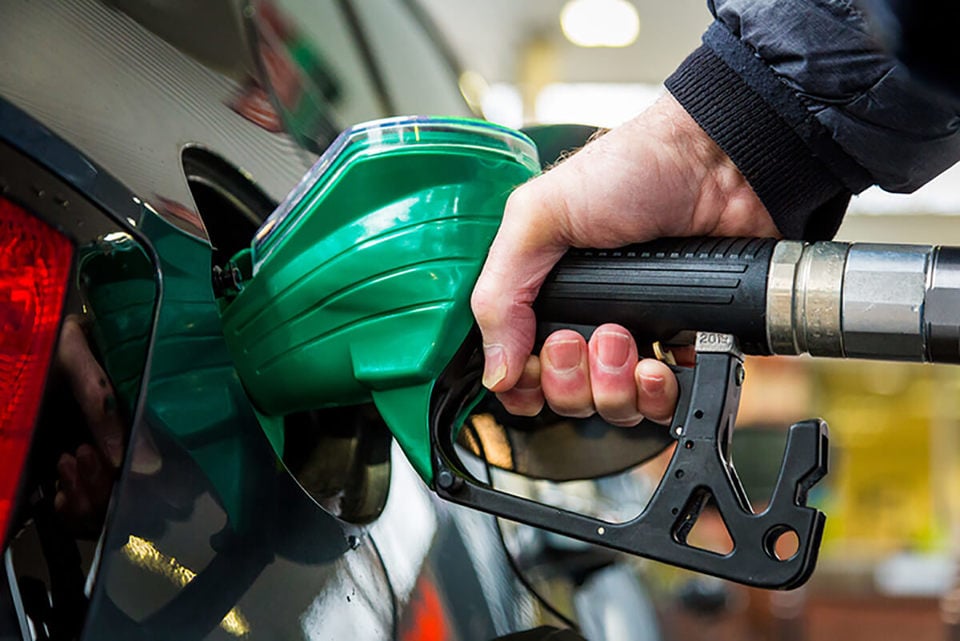Petrol and diesel average prices in July remained static at 145p and 150p per litre (ppl), according to new analysis by the RAC.
Despite wholesale prices meriting cuts at the pumps, it claims that drivers are on average still paying 5p more than they should be for petrol and 8p too much for diesel. This translates to nearly £3 a tank (£2.75) for petrol and £4.40 for diesel.
RAC analysis of wholesale prices shows average retailer margins are at 13p a litre for unleaded, up 3p in July, and at 14.5p for diesel – both being well above the long-term averages of 8p.
The RAC says that this means drivers should really be paying 140ppl for unleaded and 142ppl for diesel.
For contrast, drivers in Northern Ireland are paying an average of 140ppl for petrol and 142ppl for diesel for 142ppl – 5p and 8p lower than the UK average.
The RAC says that this is because retailers there, unlike those in the rest of the UK, continue to take a margin of around 8p a litre.
Analysis of supermarket fuel prices shows a litre of unleaded averaged 142p and diesel 147p at the 1,664 forecourts operated by the four major brands – 3p below the UK averages for both petrol and diesel.
There are, however, some stark differences between each brand’s lowest and highest prices.
Buying petrol at an Asda-run forecourt – anywhere apart from on the motorway – can vary by as much as 18p a litre, which is the highest of any supermarket. The difference across all Tesco forecourts is the smallest at just 7p a litre.

For diesel, the gap between Asda’s low and high prices off motorways is 21p, with its rivals having a difference of around 13p.

The RAC has also discovered that Asda, which operates 665 forecourts – around half of which are at their supermarket stores – only provided pump prices to the Competition and Markets Authority voluntary data scheme on 12 days in July (39% of the time), giving it the worst compliance record of the 14 participating retailers.
The three other supermarkets submitted data every day in July as did BP, Shell and the Motor Fuel Group, which operates some 1,200 sites.
Retailers Ascona Group, which runs 61 forecourts under a variety of fuel brands, and SGN, which has 102, were the only others not to have a 100% record, supplying data 25 and 22 times out of the 31 days of the month respectively.
RAC head of policy Simon Williams said: “It’s disappointing to see fuel prices remain far higher than they should be, especially after the Competition and Markets Authority (CMA) announced at the end of July that drivers were overcharged by an astonishing £1.6 billion last year.
“With our analysis clearly showing margins are still significantly above the long-term average, it seems like nothing has changed and drivers continue to lose out despite all the ongoing scrutiny from the CMA and the Government.
“Coupled with this, the wholesale fuel market is trending lower due to the price of oil falling by $6 to around $80 at the end of July. This in itself ought to lead to lower prices at the pumps but, as the CMA made clear in its report, competition in fuel retailing is extremely weak.
“As a result, we sadly can’t see pump prices reducing much further without retailers’ acting on what the CMA is saying and finally introducing some much-needed fairer pricing strategies.”
He added: “It must be incredibly galling for drivers to see the UK average price of petrol stubbornly static at 145p when the wholesale cost merits lower pump prices – something clearly demonstrated by the fact those in Northern Ireland are paying 5p less. For diesel, things are even worse as the price difference is 8p.
“The introduction of the Government’s Pumpwatch scheme can’t come soon enough, and neither can the setting up of the official price monitoring body, so long as the latter has the power to clamp down on retailers who consistently overcharge.”





















Login to comment
Comments
No comments have been made yet.